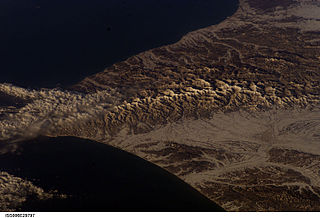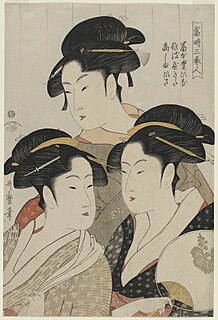| Mount Kyusan | |
|---|---|
| 久山岳 | |
| Highest point | |
| Elevation | 1,411.7 m (4,632 ft) |
| Listing | List of mountains and hills of Japan by height |
| Coordinates | 42°51′47″N142°49′50″E / 42.86306°N 142.83056°E Coordinates: 42°51′47″N142°49′50″E / 42.86306°N 142.83056°E |
| Geography | |
| Location | Hokkaidō, Japan |
| Parent range | Hidaka Mountains |
| Topo map | Geographical Survey Institute(国土地理院Kokudochiriin) 25000:1 芽室岳 |
| Geology | |
| Mountain type | Fold |
Mount Kyusan(久山岳Kyusan-dake) is located in the Hidaka Mountains, Hokkaidō, Japan.

Hidaka Mountains is a mountain range in southeastern Hokkaido, Japan. It runs 150 km from Mount Sahoro or Karikachi Pass in central Hokkaidō south, running into the sea at Cape Erimo. It consists of folded mountains that range from 1,500 to 2,000 metres in height. Mount Poroshiri is the highest at 2,053 m. The Hidaka Mountains separate the subprefectures of Hidaka and Tokachi. Most of the range lies in the Hidaka-sanmyaku Erimo Quasi-National Park. Since the mountain range lies so far north, the alpine climate zone lies at a lower altitude.

Japan is an island country in East Asia. Located in the Pacific Ocean, it lies off the eastern coast of the Asian continent and stretches from the Sea of Okhotsk in the north to the East China Sea and the Philippine Sea in the south.


